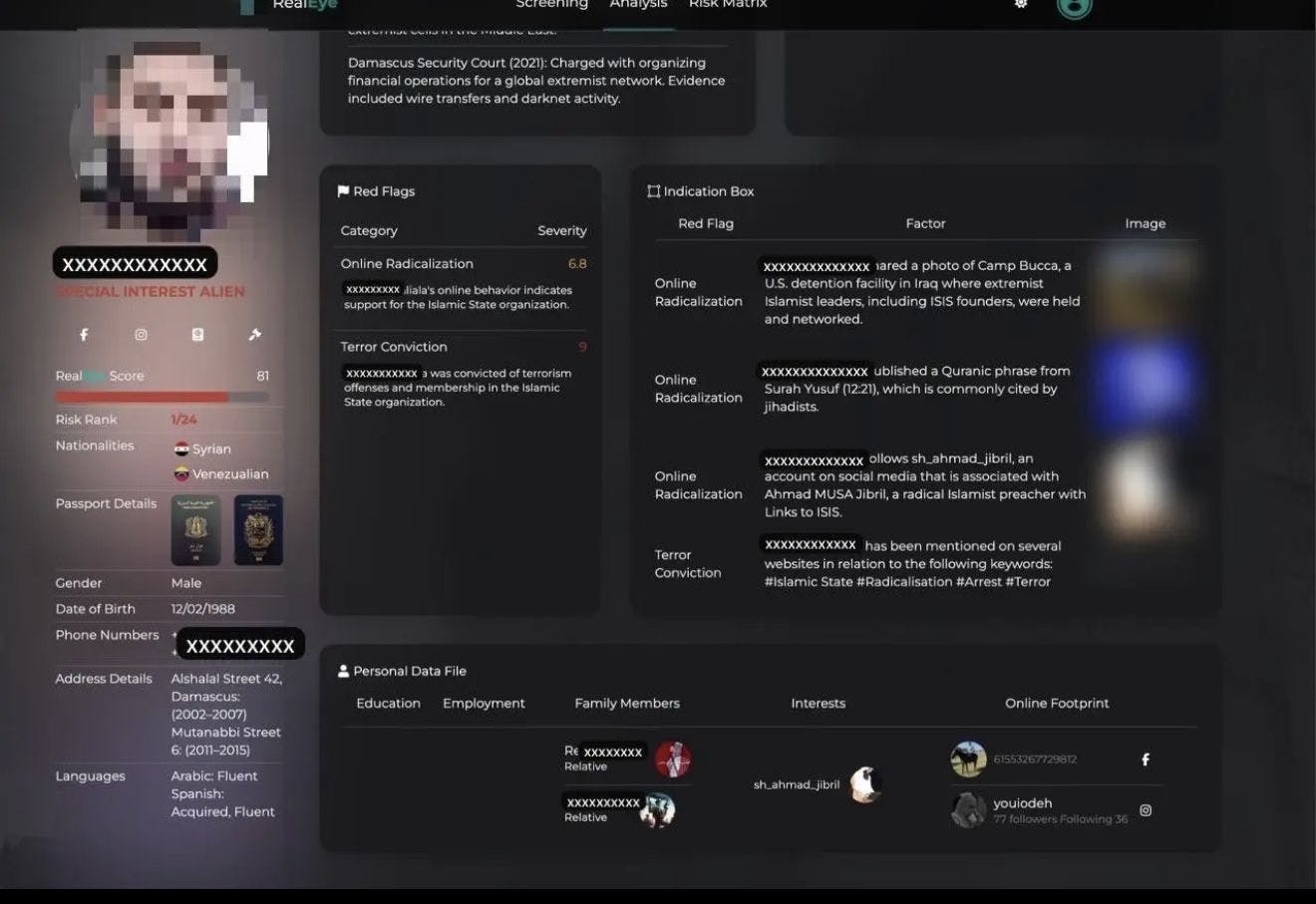HITBOT introduced a new “operating system + hardware matrix” framework this year as embodied intelligence entered large-scale application, marking a new stage in the company’s development in intelligent robotics. A member of the Xiaomi ecosystem, the company—founded in 2015—debuted three key innovations: the HITBOT OS, a universal embodied intelligence operating system; the eHand-6, an affordable dexterous robotic hand; and a humanoid robot prototype.
The new lineup reflects HITBOT’s push toward system-level intelligence, aiming to make human–machine collaboration more flexible, accessible, and scalable across research, manufacturing, and service industries.
HITBOT OS – the Android system for robots
Launched in March 2025, HITBOT OS is the company’s first universal embodied intelligence operating system. It features a dual-layer cognitive architecture of “brain + cerebellum.” The brain integrates distributed AI with industry knowledge bases to understand natural language instructions and automatically generate execution strategies, while the cerebellum translates these decisions into precise mechanical movements for high-accuracy and safe motion control.
This architecture enables robots to shift from passive execution to active understanding. In life science laboratories, for instance, researchers can simply input “perform sample pre-processing,” and the system will automatically break the task down into steps such as dissolving, filtering, and centrifuging, then coordinate the appropriate devices to complete the workflow. With more than 300 built-in equipment protocols and a low-code visual interface, HITBOT OS allows users to design automation processes through simple drag-and-drop actions—reducing development time from several days to just hours.
eHand-6: a $420 affordable dexterous robotic hand
HITBOT launched the eHand-6 this year, a dexterous robotic hand priced at 2,999 RMB ($420). Its five-finger biomimetic design enables precise grasping, rotation, and other complex movements, with a maximum grip force of 10N and a lifting capacity of 5kg. The modular structure and open interfaces allow users to customize and expand its capabilities for a wide range of applications, from research and education to small and medium-sized enterprises.
In commercial use, eHand-6 can automate tasks in retail and service, such as grabbing and preparing drinks, or handle light industrial operations like assembling small components and packaging products.
Humanoid robot prototype from understanding to action in a closed loop
Last month, at the China International Industry Fair, HITBOT displayed a humanoid robot prototype with 19 degrees of freedom. Deeply integrated with HITBOT OS, the robot features a complete closed-loop intelligence system, enabling it to understand tasks and execute actions autonomously. Currently, HITBOT has not assigned a specific name to this humanoid robot prototype, as it remains in the development and testing phase.

Hardware matrix and intelligent ecosystem connecting smart agents like building blocks
HITBOT’s four-axis collaborative robotic arms hold over half of the domestic market share in China, while its six-axis arms make a repeat positioning accuracy of ±0.02mm, according to the company. Together with smart electric cylinders, rotary grippers, and electric dexterous hands, these actuators form a comprehensive product system that spans manufacturing, research, and new retail scenarios.
“Our goal isn’t just to provide tools,” the company said. “We want to create an open embodied intelligence ecosystem that lets smart agents fit into different applications as easily as snapping together building blocks.” Currently, HITBOT’s solutions serve over 3,000 clients across industries such as life sciences, 3C electronics, and retail beverage chains, with overseas markets covering dozens of countries including the US., Germany, and Japan.
Advancing robotics through operating system and modular hardware
By combining a universal operating system with modular hardware, HITBOT is advancing robotics from standalone intelligence toward system-level intelligence. The integration of HITBOT OS and the eHand-6 lowers the barrier to automation and provides a technical foundation for wider adoption of embodied intelligence.
This approach is enabling human–machine collaboration to expand from high-end laboratories into practical industrial and research settings, reflecting broader trends in the evolution of automation and intelligent systems.











